Country:
Egypt
Location:
Fayoum Governorate (FG) region. El-Bats drain which lies in the Eastern part of Fayoum region and discharges finally into Qaroun Lake.
Time period :
August 2009 to July 2018.
Implementing Institution/ Organization:
Ministry of Water Resources and Irrigation, Drainage Research Institute, National Water Research Center, Faculty of Engineering, Zagazig University
Goals
evaluate the opportunities to expand the drainage water reuse (DWR) practice in Fayoum Governorate (FG) region. El-Bats drain
Objectives
1-Assessing the current DWR practices in the FG in terms of water quantity and quality as well as its possible impacts on humans and environment.
2- the study will introduce the optimum management practices required to ensure environmentally safe use of drainage water in agriculture.
Methodology (approach)
A plan was made to measure the WQ in the locations of El-Bats Drain and its surrounding canals. The WQ data were collected from available monitoring sites at El-Bats Drain (6 Locations) and some of its surrounding canals (4 Locations), twelve (12) samples foreach site are collected per year (on monthly basis) to have the total number as 1200 samples. These data included fourteen parameters: BOD (mgl1), COD (mgl1), TSS (mgl1), NO3 (mgl1), NH4 mgl1), TP (mgl1), TN (mgl1), Fe (mgl1), Pb (mgl1), pH, SO4 (meql1), TDS (mgl1),DO (mgl1) and EC (dSm1); These parameters represent all agricultural, domestic and industrial pollution levels.
Field visits have been carried out to determine the status of El-Bats drain and some of its nearby canals, pumping stations, main mixing, and monitoring sites in FG.
A series of statistical analyses were carried out to investigate the current position of the WQ for each location; Comparison was made under the light of EWQS for using the water in irrigation purposes. These analyses included the application of Frequency/Percentile Analysis and Descriptive Statistics. Pollution loads were
also calculated to identify the relative importance of each location. In addition, the hierarchical cluster analyses were used to explicate and classify the tested parameters and the monitoring locations into a number of groups that have similar quality conditions.
Study results
In all monitoring locations (drains and canals), the calculated pollution loads were highly influenced mainly by discharges rather than concentrations. recodes among the both irrigation and drainage system in the basin. It also indicates that some tributaries/distributaries with
high pollutant concentrations may not have great influences on the water quality due to relatively low discharges.
Table 7 shows The types of crops recommended according to the mixing percentage used for drainage water reuse.
For example; Cotton, wheat, barley, rice, and clover are can be grown when the mixing percentage is 1:1 of El-Bats drain with El-Edwa canal from point (FB09) to point (CE02), El-Bats drain with Bahr Wahbi canal from point (DT03) to point (CT01) and from point (FB10) to point (CT02), with soil leach by fresh water after 15 irrigations.
Cotton, wheat, barley and rice can be grow when the mixing percentage is 1:2 of El-Bats drain with Bahr Wahbi canal from point (FB12) to point (CT01), from point (DB02) to point (CT01) of El-Bats drain with El-Edwa canal from point (DB12) to point (CE02) and El-Bats drain with Bahr Metertars from point (DB12) to point (DM05), with soil leach by fresh water after 15 irrigations. Cotton, wheat, and barley are grown when the mixing percentage
is 1:3 of El-Bats drain with El-Edwa canal from point (DT03) to point (CT02), with soil leach by fresh water after 10 irrigations.
Conclusions
Based on the results and data analyses of El-Bats drain and the nearby canals, the following remarks can be concluded: All monitoring locations points of the near canals to El-Bats drain proved to be not compatible with the limits of EWQS. However, they comply with the limits of the FAO STANDARD. Accordingly, this water is suitable for reuse for agricultural purposes only, with the shortage possibility in productivity for some monitoring locations due to the increased percentage of salinity (TDS).
All the points of monitoring locations of El-Bats drain proved to comply with the limits of EWQS. Accordingly, this water is suitable for reuse for agricultural purposes in case it is mixed with freshwater canals by different mixing ratios based on water quality of each reach.
By combining the results of the studies conducted in Egypt on the use of low-quality water in irrigation, the relationship between the salinity of irrigation water and low crop productivity is intensified.
Recommendations
The use of drainage water for irrigation has some caveats in terms of the negative effects on soil and therefore on crop production, especially in the long run. To benefit from the agricultural drainage water reuse, farmers must be well informed about the factors and standards regarding the use of agricultural drainage water and the efficient methods to avoid the risks associated with
saline water.
Immediate intervention from the part of the state is one of the highest recommendations of the study. To reduce the pollutant loads in all watercourses of the governorate, the state must accelerate its plans that have already been made for establishing sewage treatment plants in these deprived villages. Moreover, severe
penalties, including financial fines and legal cases, are recommended to help prevent the violators from dumping household wastes in the waterways. This will lead to conserve water quality of watercourses and reduce pollution in the governorate.
References (resources) Found is the case study
Ain Shams Engineering Journal, 13 (2022) journal homepage: www.sciencedirect.com



